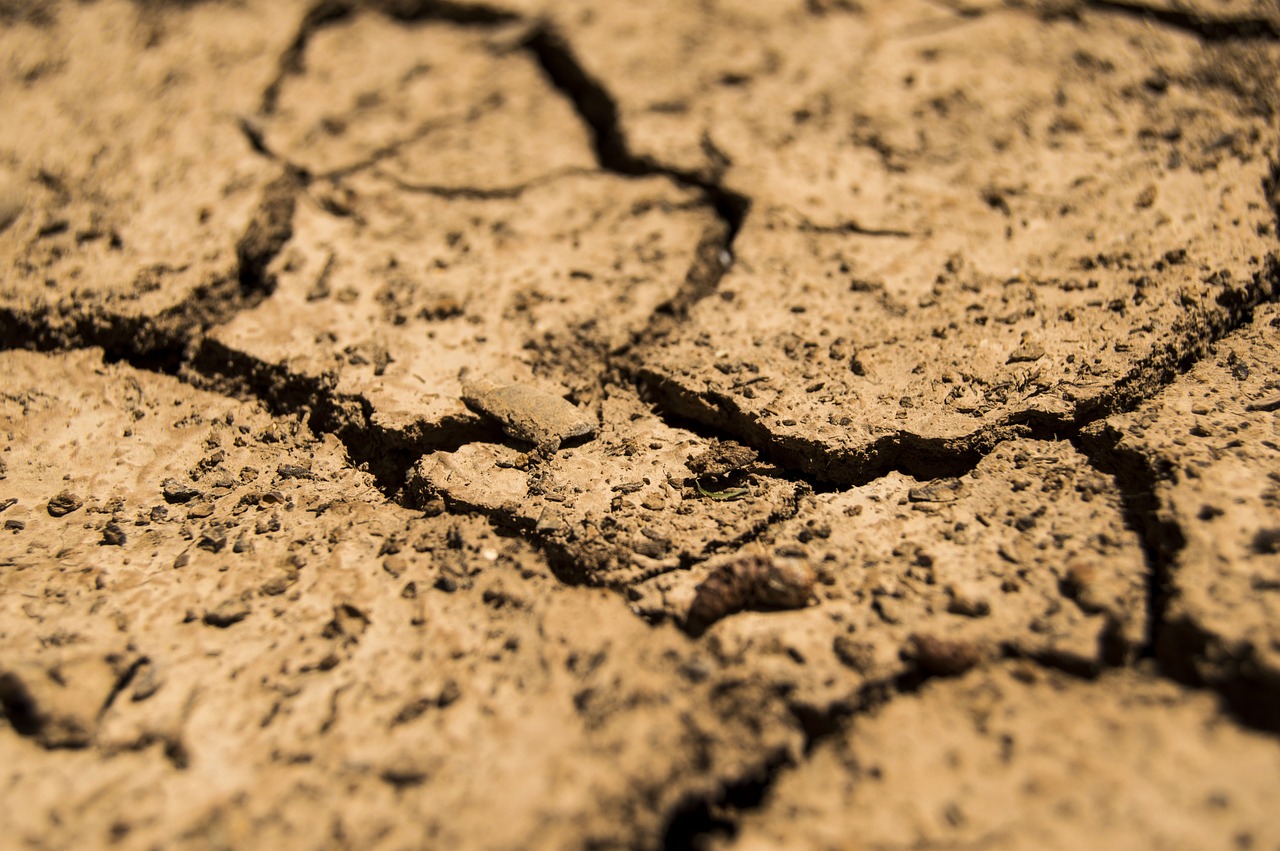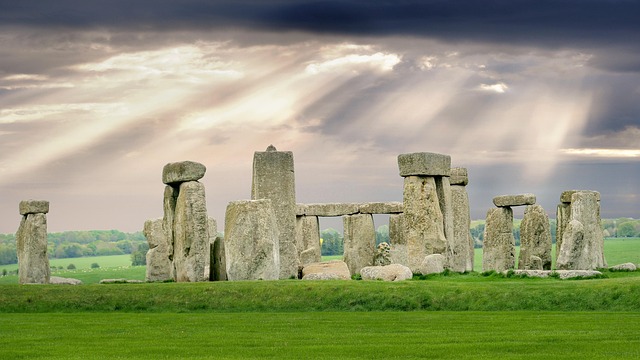Article Title:The chemical environment in a burial mound shortly after construction - An archaeological-pedological experiment
Abstract:
A number of burial mounds from the South Scandinavian Early Bronze Age have contained iron pan encapsulated, wet mound cores, in which organic material has been extraordinarily well preserved. Chemical analysis of iron pan formations in recently excavated burial mounds from Jutland, Denmark have demonstrated that the iron pans were formed by redox-processes, caused by anaerobic conditions in the core of the mound and possibly influenced or determined by the way the mound was constructed. In 1995 an experimental burial mound was erected at the Historical-Archaeological Research Centre at Lejre in Denmark. The purpose of the experiment was to test and elaborate the theories on the iron pan formation and the mound construction developed on the basis of the previous chemical analysis. Three years after construction the mound was excavated and the iron pan formation and the preservation of organic matter in an oaken log coffin were studied. Anaerobic conditions had developed in the mound core and the contents of the oaken log coffin were found to be well preserved. This paper describes the results of the experiment.
Keywords: Bronze Age; burial mound; iron pan; experimental archaeology; soil
DOI: 10.1006/jasc.1999.0570
Source:JOURNAL OF ARCHAEOLOGICAL SCIENCE
Welcome to correct the error, please contact email: humanisticspider@gmail.com



